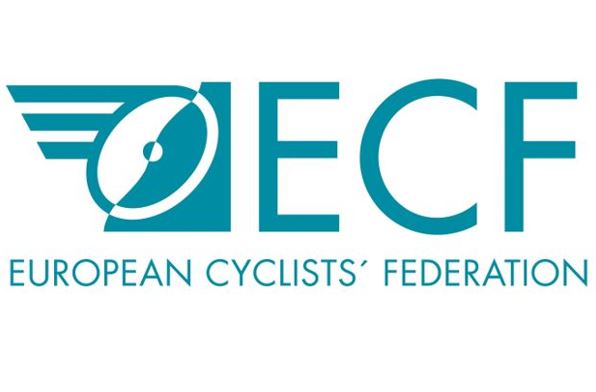ECF takes further steps towards cycling safety with vehicle safety measures
The ECF welcomed yesterday the European Parliament Internal Market and Consumer Protection committee’s (IMCO) support for a raft of vehicle safety measures today in the motor vehicle General Safety Regulations; many having a direct impact on cyclist and pedestrian safety.
MEPs in the IMCO Committee voted on a range of new measures to be included in the new regulation initially proposed by the EU Commission, which will lay down mandatory safety measures the vehicle manufacturers will have to meet in order to sell in the the single market.
The Committee approved technologies including; an intervening Intelligent Speed Assistance; autonomous emergency braking; improved Direct Vision regulations for lorries; and a cyclist/pedestrian detection system for lorries. According to the ECF, it has been estimated that these technologies could save as many as 25,000 lives over the next 15 years.
The Council position on this file was finalised last year and a final text will now have to be agreed in negotiations between the Member States, Parliament and Commission, while the IMCO committee text will also need to be passed in the European Parliament plenary.
ECF Policy Director, Adam Bodor, said: “The European Parliament and the European Council have two strong positions to enter trilogue negotiations with plenty of opportunity for each institution to help improve the final regulation. We urge both institutions to put safety first and come together to forge a final text that will save as many lives as possible, particularly concerning Intelligent Speed Assistance, and lorry safety for cyclists and pedestrians.”
“ECF would like to thank especially to MEP Róża Thun for her leadership in bringing together these measures through difficult and technical negotiations, and I urge all involved to now conclude trilogue negotiations if possible before the European election so that these safety measures can be implemented quickly with as short a lead-in time as possible.”



